Smart home systems such as Home Assistant can make your life easier and offer you numerous options for automating and controlling your devices. However, many people make some mistakes when setting up Home Assistant, which can lead to frustration. Here are the 10 most common mistakes and how you can avoid them:
Not consulting with family and partner
Before you even start setting up Home Assistant, you should make sure that all family members and your partner are in agreement. Everyone who will be using the system should know how it works and what benefits it offers. It is also important to consider the needs and preferences of all family members to ensure that the system is useful for everyone.
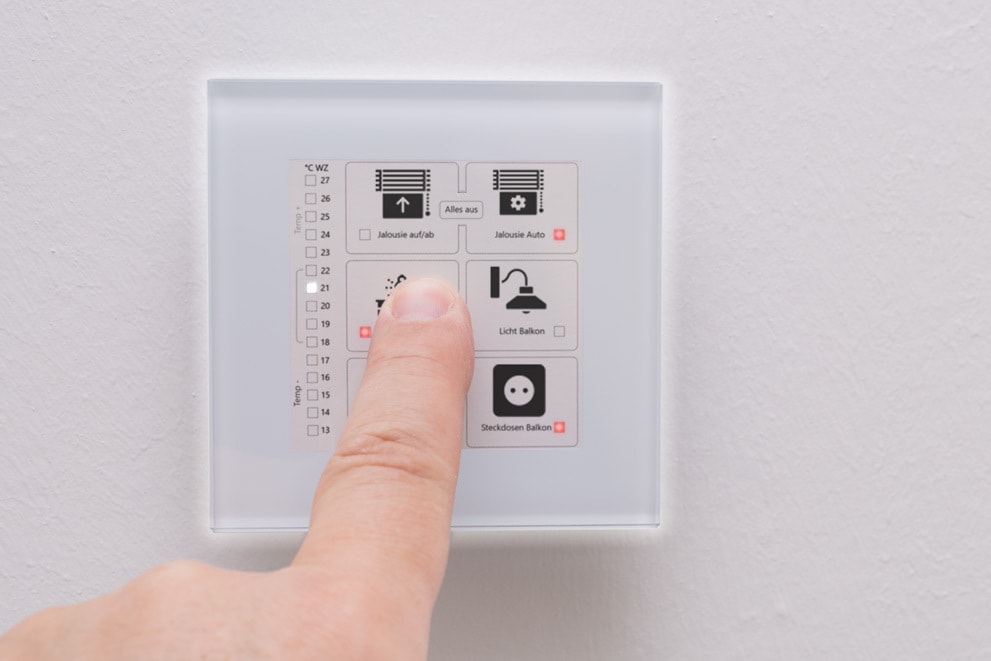
Not every interesting, sophisticated or even wacky function will meet with the approval of other users. A smart home should always make things simpler and more convenient and nothing more complicated than it was before. You should also realise that you can (and initially have to) invest a lot of time in Home Assistant. Do you have this time and are you prepared to invest it?
Wanting too much when you lack the knowledge
An essential tip is to start small and grow with the task. Many people asking questions in the Home Assistant communities have only just installed the basic system and are already asking about the most complex functions without having acquired the necessary knowledge.
What are entities, services, scenes, scripts, etc.? Try out a lot without the system really being integrated into your life and without having invested in hardware.
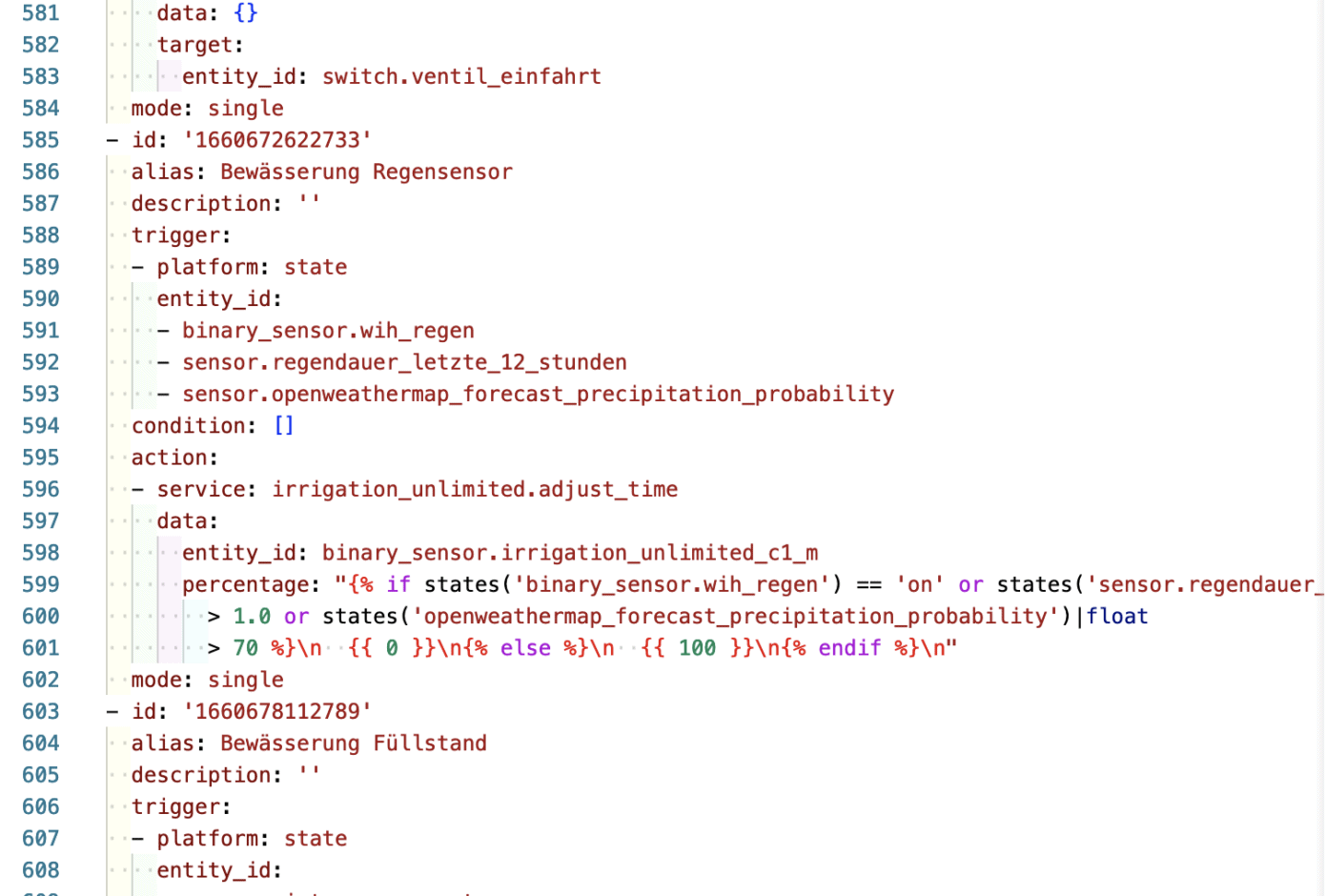
YAML takes some getting used to and is one of the biggest sources of problems for beginners, because one wrong indentation and a configuration or automation does not work or no longer works. But YAML is essential! Get an understanding of YAML and its basics. There is an excellent guide here:
https://www.home-assistant.io/docs/configuration/yaml/
Not well thought out automations
Automating devices can save time and effort, but it’s important to plan them carefully. Too many automations can lead to confusion, especially if they don’t work properly. It is advisable to automate only the devices that you really need and that make sense. Remember that every automation also requires maintenance and that you will need to make changes as your needs and requirements change.
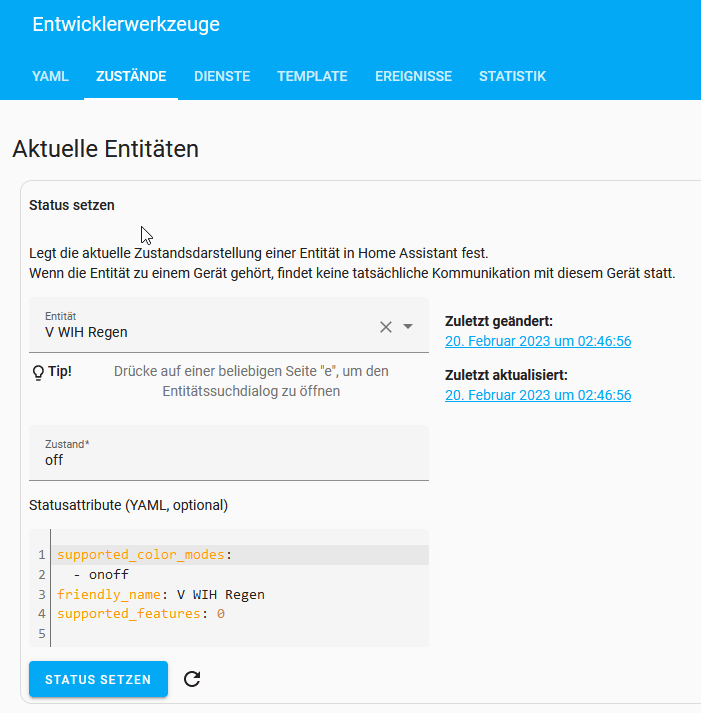
You should test each automation extensively. To accomplish this, you can manipulate the values of the entities involved in the developer tools, for example. This allows you to test an automation quickly and easily without having to wait for the values and status to change. If there are any inconsistencies or if the automation does not work at all, you can use the trace function and the logbook to retrace and adjust the process.
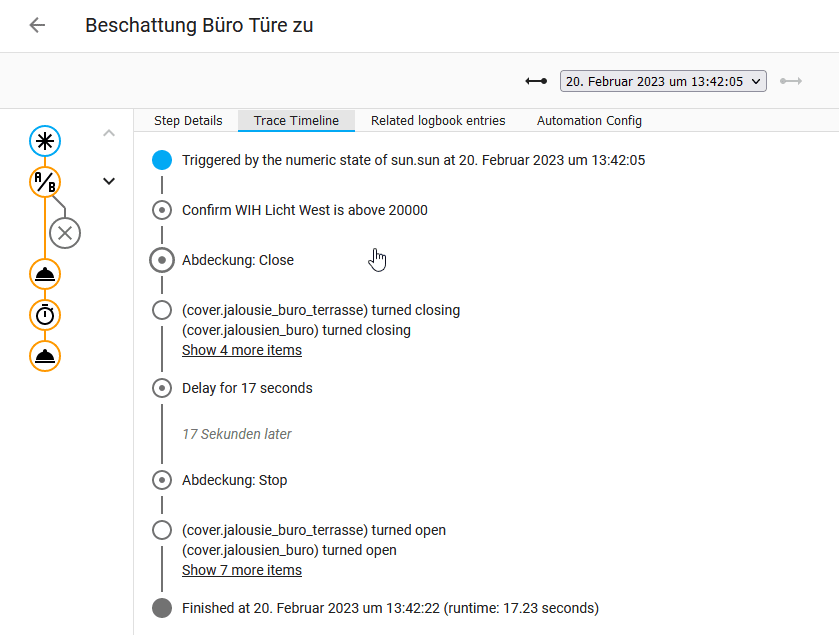
Using forums and the community incorrectly
The Home Assistant community is always helpful and friendly. You should also make an appearance there. This includes searching the forums to see if your problem has already been discussed before starting your own thread. An exact description of the problem should be a matter of course and an excerpt from the log is also an advantage.
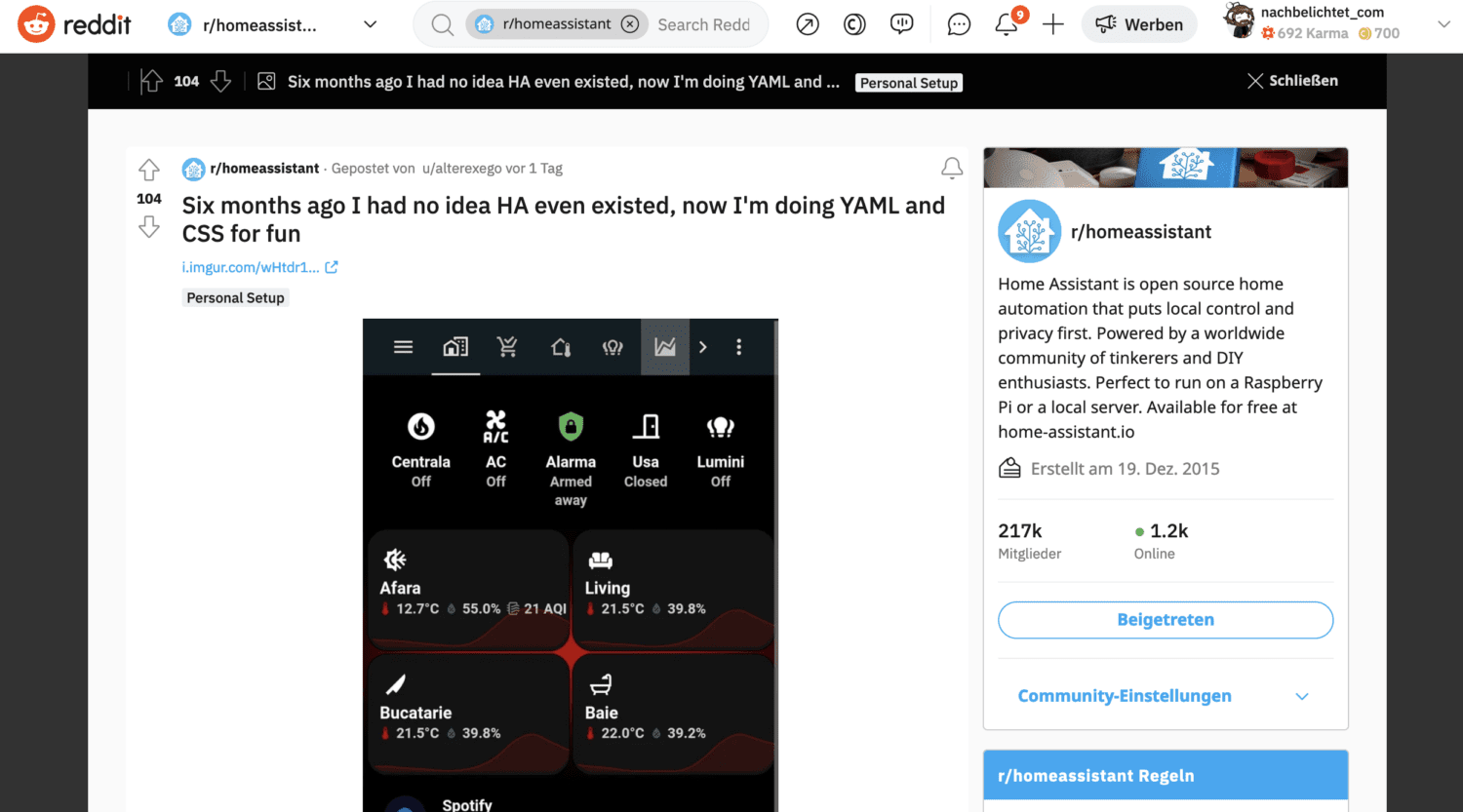
Be friendly and patient if you don’t get an answer within 10 minutes. The best way to learn is not to ask for help straight away, but to research, try and persevere. In my opinion, this applies to your whole life 😉
Of course, everyone is happy if you share your discoveries and insights and help others as well.
Ignore log files when troubleshooting
You can log practically everything in Home Assistant. This is invaluable when troubleshooting. Anyone looking for help with problems with Home Assistant in the forums or on Reddit will often be asked for suspicious log entries first and you should always have these to hand.
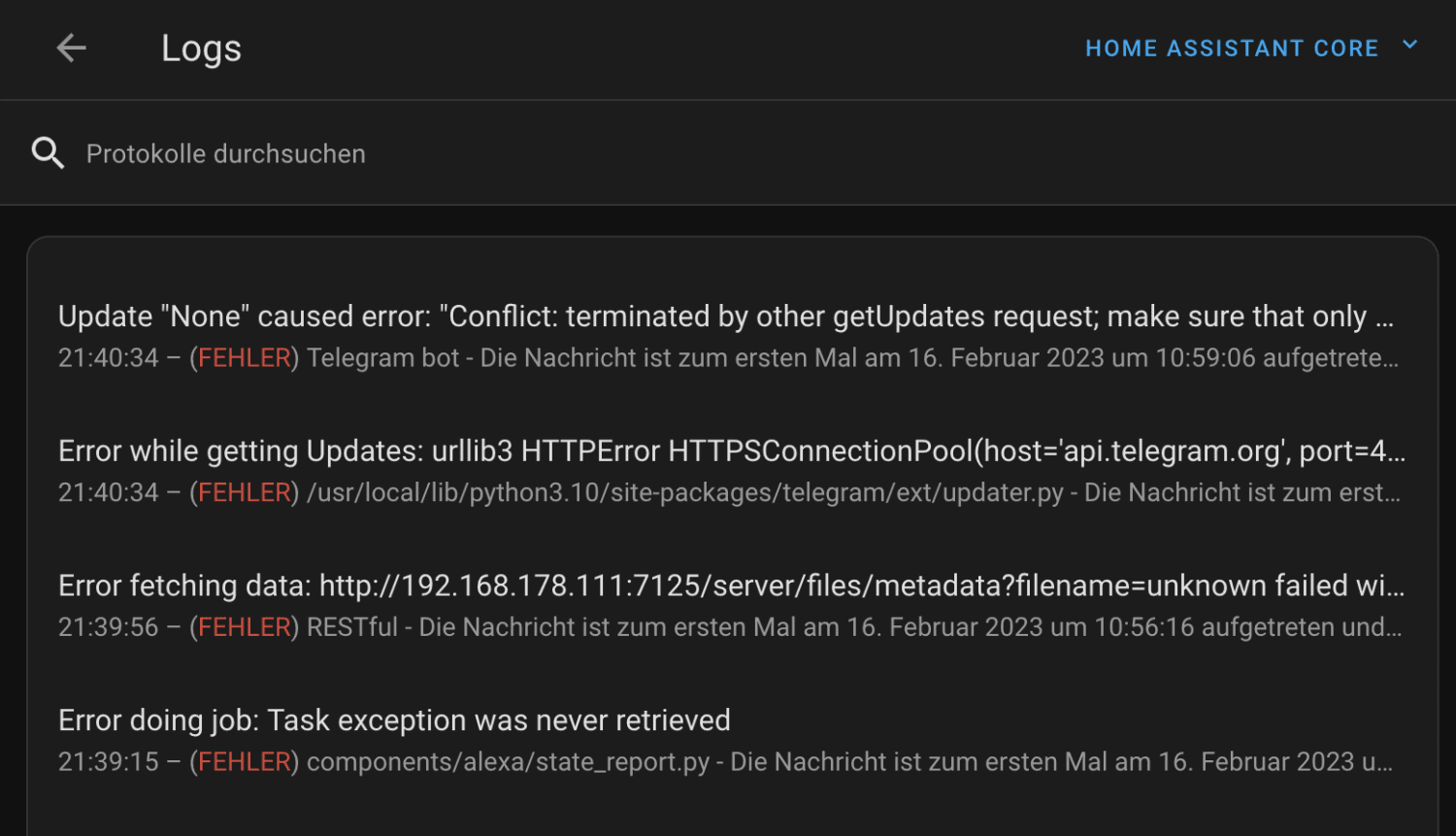
You can set how detailed Home Assistant logs in Configuration.yaml. You can read more about this here: https://www.home-assistant.io/integrations/logger/
Logging can also be activated for custom components.
Too much dashboard and too little automation
Another common mistake when setting up Home Assistant is creating too many dashboards with Lovelace and too little automation. Dashboards are great for monitoring your devices, but many people spend too much time on stylish dashboards or even floorplans, perhaps in the form of a tablet hanging on the wall to impress friends and family.
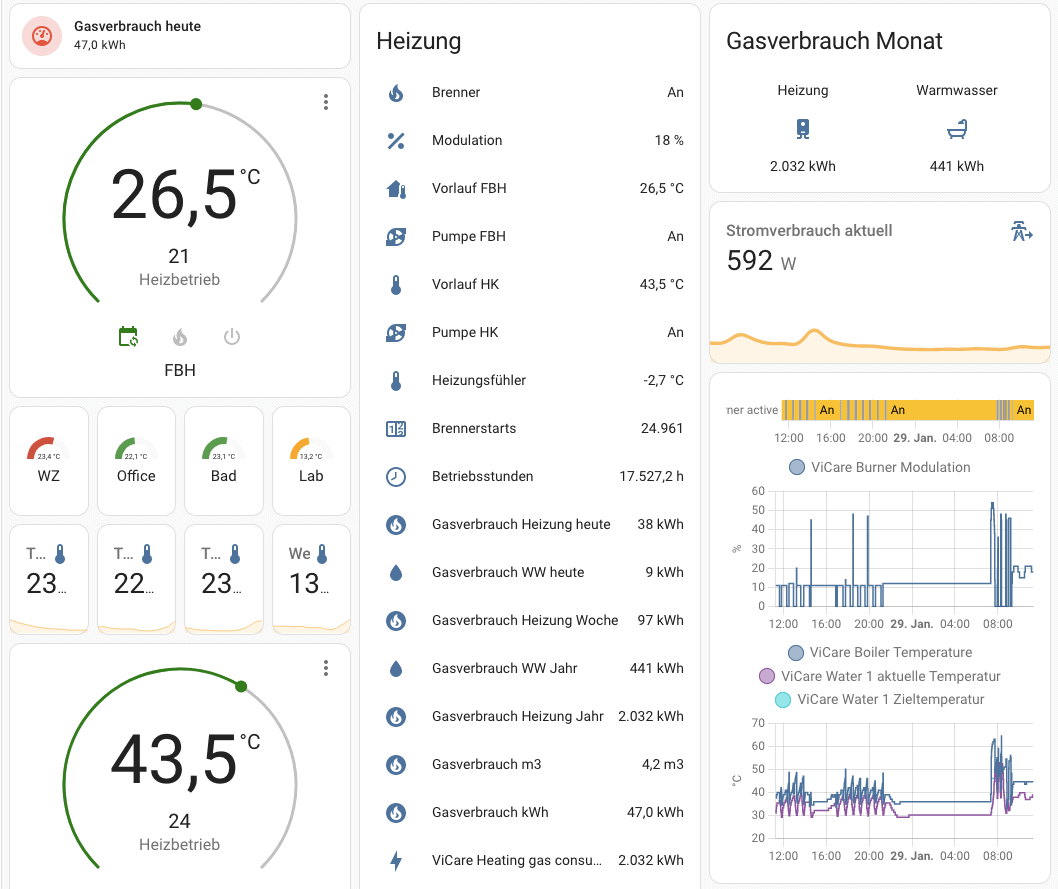
Make sure you set up enough automations to control the devices automatically so that you don’t have to intervene manually every time. Instead of investing time in dashboards, invest it in the basics of Home Assistant. A smart home is only really smart if it works without your intervention.
Wrong hardware
A Raspberry Pi is good for getting started. It won’t make you happy in the long run. SD card failures are one of the most common faults. A second-hand mini PC is often a much better (and currently cheaper) alternative with more computing power. A PC has more interfaces, you can use a fast and reliable SSD straight away and has a robust housing. Another option is an old notebook. If the battery is still OK, you have an uninterruptible power supply (UPS) installed.
It is also important to ensure that the connected devices are compatible and that they are supported by Home Assistant. Choosing the wrong hardware can lead to problems when setting up and using the system. Make sure your devices are compatible with the latest standards to avoid future compatibility issues.
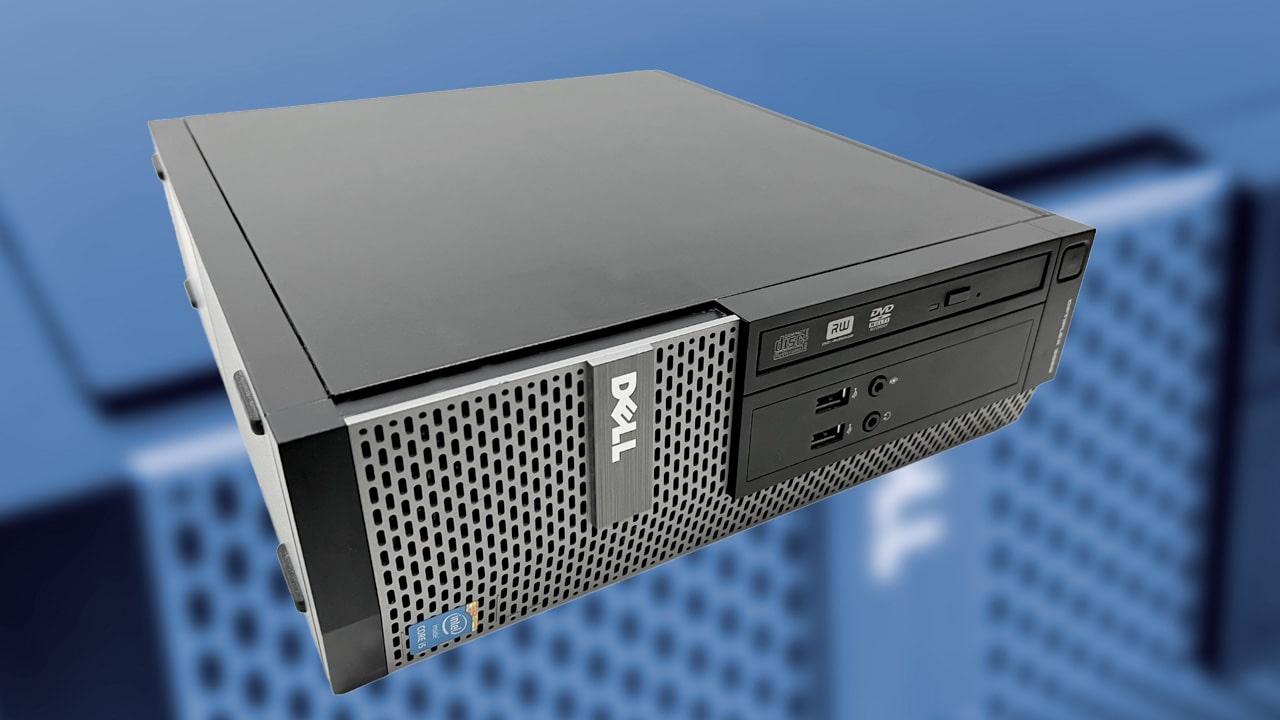
You should also avoid devices that rely on the manufacturer’s cloud services. If the manufacturer decides to limit or completely discontinue the services, you are left with an expensive paperweight. However, there are also alternative open source firmware and local services for many devices, such as TUYA lamps, Roborock vacuum cleaners or Sonoff switches.
No backups
Creating backups is one of the most important tasks when setting up Home Assistant, as it protects your configuration and settings in case something goes wrong. Without backups, you will not be able to restore your configuration and settings if you make a mistake or if your hardware is faulty.
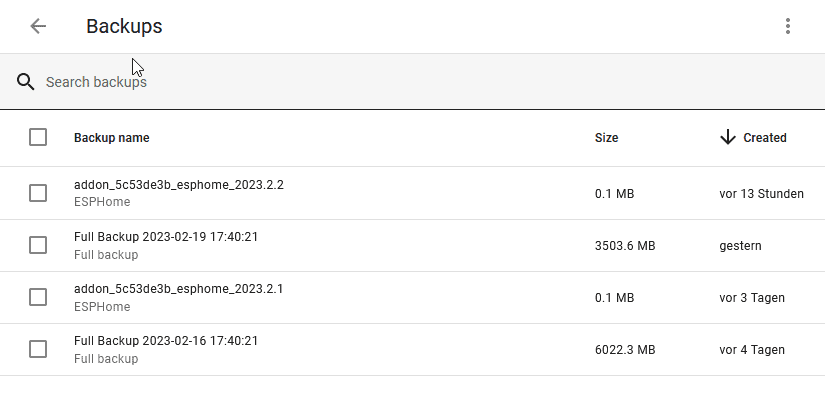
You should therefore create regular backups, which is fortunately very easy with Home Assistant’s built-in backup function. However, you should always save these backups in a second location, e.g. with the Google Drive extension.
Not reading release notes
I’ve also fallen into this trap several times: Home Assistant’s release cycles are breathtakingly fast. But those who click on “Update” just as quickly often experience unpleasant surprises. The reason for this are the “breaking changes”. These are functions that have changed or even been completely removed from the current version.
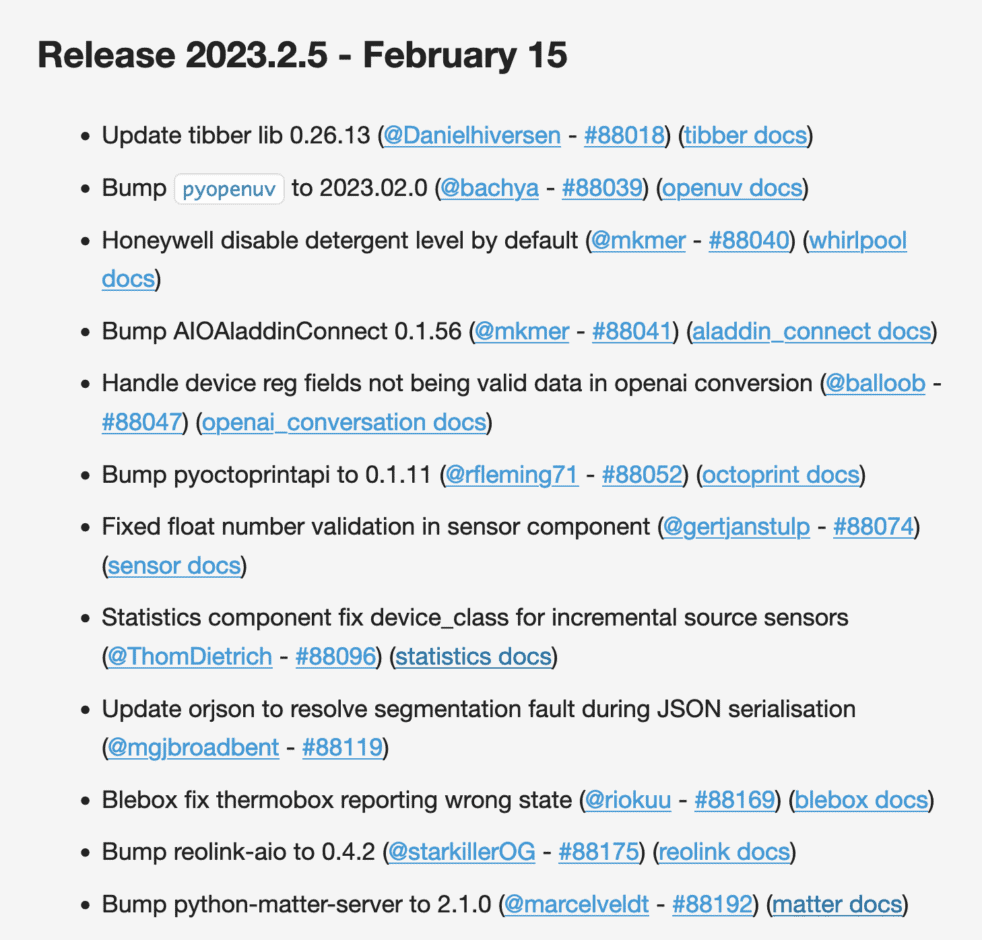
Home Assistant is still a comparatively young piece of software that is constantly changing. Some old functions are replaced by better ones, and some devices are simply no longer supported. If you haven’t read this beforehand, you may waste unnecessary time troubleshooting. Incidentally, this applies not only to the core system, but also to add-ons, integrations and HACS components.
Configuration.yaml too big
Although more and more can be configured via the user interface, Configuration.yaml is still the centrepiece of Home Assistant. As soon as your system gets bigger, you should think about splitting the Configuration.yaml into clearer and easier to maintain parts.
For example, I have split my LCN configuration, my sensors, automations, lights, Alexa entities and more into extra files that I include in configuration.yaml:
light: !include lights.yaml
automation: !include automations.yaml
script: !include scripts.yaml
scene: !include scenes.yaml
switch: !include switch.yaml
sensor: !include sensors.yaml
alexa: !include alexa.yamlCode language: YAML (yaml)This not only makes everything much clearer – it also makes troubleshooting easier because you can remove one of these files in an emergency.
You can find out more here: https://www.home-assistant.io/docs/configuration/splitting_configuration/
Conclusion
Setting up Home Assistant can be a challenge, but if you avoid these 10 common mistakes, you can build an effective and reliable smart home system. Talk to your family and partner, start small, learn the basics, get help from the community, create regular backups, plan automations carefully and research whether devices can be used with Home Assistant before you buy them.


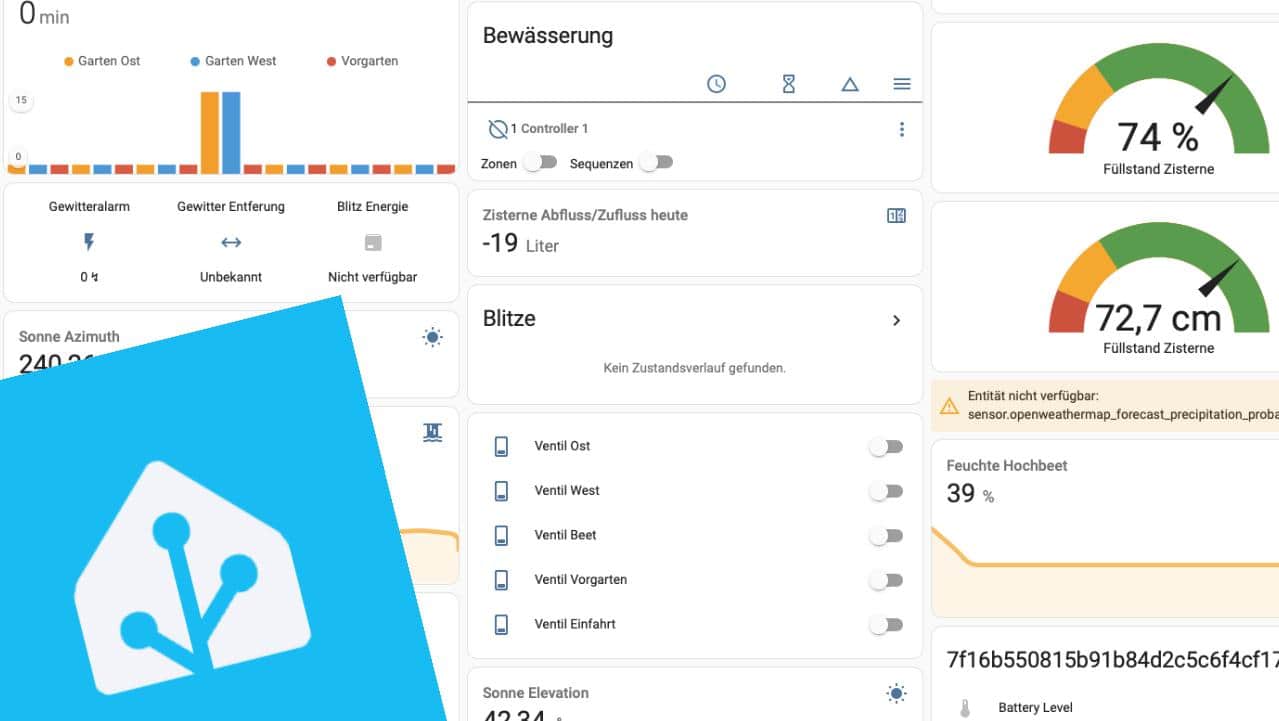

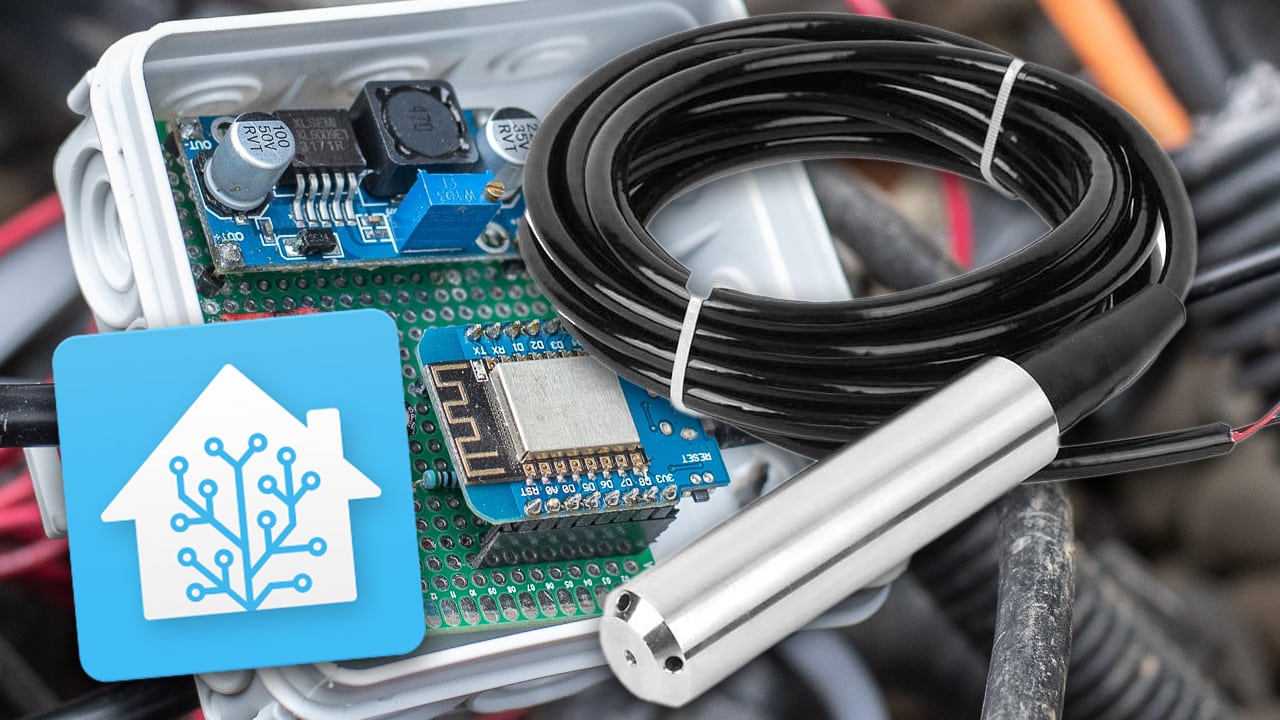
Leave a Reply